First Impressions: Costly Impressions
It’s not a recent discovery that first impressions such as curb appeal, parking lot design and maintenance mean a lot when it comes to customers’ perceptions of your store. But, what happens after you’ve tackled those challenges? The entrance of your store is the next step. What can you do to spruce it up to make the first impression of your store tell the right story?
When walking into someone’s home you likely notice the environment around you smell, temperature, décor, etc. and you begin to adapt accordingly. Walking into a garden center is not much different. The entrance to your store will set the tone for the rest of the shopping experience.
“The entrance to any retailer is the first impression, and it’s been said that when a customer walks into a supermarket the first seven seconds set the tone the ambiance, the aromas of the bakery or what they see and will determine how much shoppers really spend that day,” said Stan Pohmer, president of Pohmer Consulting Group, Minnetonka, Minn. “Are they just going to shop off of their lists or are they going to browse, which creates the opportunity for incremental sales? It’s the same thing in the garden center; if the store is inviting it sets the tone; it lets the consumer know what’s important that day. The first impression one makes is absolutely essential.”
Just think of your own shopping adventures: Do you wander a store that makes you uncomfortable from the moment you walk through the entrance, or do you head straight for what you want, pay for it and leave?
So, what should an entrance look like? How can you tell if the first 10 feet of your store is setting the right mood? And how do you even know what the right mood is?
Product Placement
Ideally, you should provide an open space just inside the store’s entrance, a landing strip where customers can get their bearings without being overloaded with product and signage. But that doesn’t mean your entrance should be empty or stale. “Space utilization is something every garden center needs to focus on,” Pohmer said. “How do you generate the most impact, whether that’s sending a message or selling product? I truly don’t believe an entrance should be empty. We need to set the tone. If you walk into a garden center [during the Christmas season] it should scream Christmas; if all of the Christmas stuff is in the back it doesn’t set the tone.”
What products do you put at the entrance? Will your customers focus on the first thing they see, meaning the best products should be displayed up front? Or will they take an overall, panoramic view of the store, which would mean pushing that great-selling product back a little?
According to Paco Underhill in his book, Why We Buy, “The first Á product customers see isn’t always going to have an advantage. Sometimes, just the opposite will happen. Allowing some space between the entrance of a store and a product gives it more time in the shopper’s eye as he or she approaches it.”
So no matter how attention grabbing or popular an item is, you would never place it immediately inside the main entrance. Items in that landing-strip area should be considered decorative, only meant to set the store’s tone and not to generate sales. You would need to stock those items elsewhere in the store in case customers overlook them in their rush to get inside. According to Underhill, best-selling or popular items should often be in the store’s interior but still within the line of sight.
Tapping Into The Senses
Luckily, your main product, green goods, can relax consumers or put them in a good mood, which can benefit sales. In fact, research sponsored by the Sense of Smell Institute indicated that pleasant odors do in fact increase lingering time. The research also indicated that both pleasantness of the odor and odor congruency influenced approach behavior. This makes a store’s entrance the best place for an inviting scent.
“The reason many supermarkets focus on having scratch bakeries relatively close to the store entrance is because the fresh-baked smell is important in creating a positive shopping experience,” said Pohmer. He recalled a TV program that focused on a large department store’s philosophy on scent in the stores. “You walk through the department store and you smell cinnamon sticks. There are scent machines in all major departments, and I think this one place had approximately 16 of them in the store.” Different sticks can be used in the machine for different times of the year or in different departments of the store. “If you’re in a cruise-wear department it’s probably going to be coconut scented,” said Pohmer.
Smell isn’t the only sense you should be concerned about. Tap into all of the senses: smell, sight, touch, sometimes taste and sound there’s something to be said for the sound of birds chirping or water falling from a fountain. It all adds to the ambiance of the shopping experience.
Lighting The Way
Lighting is very important when it comes to merchandising, and it is especially important as a first impression. A softer light from incandescent bulbs, rather than fluorescent bulbs, at the entrance will help customers get more acclimated to the atmosphere.
“Lighting is one of the tools that can be used, and in our industry we don’t use it to our advantage for merchandising,” said Pohmer. “We don’t use spotlights to highlight endcaps or areas we really want consumers to focus their attention on.” Lighting can be a great tool for directing the consumer’s attention to a certain product or area, and an entrance is an important area. Pohmer suggests you play with lighting; if you have an endcap of high-end product, you can enhance the presentation and drawing customers’ attention to it by using light, whether that is by adding spotlights, track lights or other lighting sources.
Store Temperature
For many, gardening is only a seasonal activity; our challenge as retailers is inspiring consumers to get involved year-round. This can be pretty difficult, but setting the right temperature at the entrance may push them in the right direction. With the right temperature, your store could be the warm, tropical location that draws customers in on cold, rainy days.
Plus, setting a comfortable temperature will put customers at ease, allowing them to stay longer and spend more money. “The shopping environment has to be comfortable for the consumer. It shouldn’t be so warm you expect them to take their coats off, but you don’t want them to have their mittens on either,” said Pohmer.
If your store is wired for zone heating/cooling, it would be wise to set the entrance temperature at an extreme according to the outside temperature, while keeping the rest of the store at a more comfortable temperature; in the summer bump up the air, and in the harsh winter turn up the heat.
Greeters
You’ve seen them at larger chain stores or often times at a high-end jewelry store; you walk in the store, and someone is right there to say “hello” or “what can I help you find?” Sometimes it’s nice; other times you may think, “just let me shop.” Having greeters at the entrance of a retail outlet has even been proven to reduce shoplifting. But, is it necessary to have employees stand at the entrance of your garden center to greet customers? Maybe at certain times, but except during peak seasons, garden centers typically don’t have enough steady traffic to justify placing an employee at the entrance rather than putting him/her to work elsewhere in the store. Pohmer agrees, but emphasizes the greet-within-10-feet mantra.
“Every employee whenever they come into contact with a customer walking through the store should at least recognize them. Say ‘hello, great day, it’s cold outside’ give them the opportunity, without being pushy or overbearing, to at least make contact,” said Pohmer. We’ve been told over and over that a garden center’s service and expertise are advantages over a big box. “If you have a customer who just walks by, and you don’t recognize him or her, what makes you any better than the box down the street? If service is a competitive advantage, use it, demonstrate it,” he suggested.
Make It A Habit
One way to make sure your entrance is inviting and impressionable is to examine it. Pohmer recalled his experience as a lawn and garden buyer for Target; the typical visit for an average buyer would mean walking in the doors and heading straight to the customer service desk. Pohmer started his visits differently; he walked into the garden center first. “I always walked into the garden center from the parking lot and looked at things the way the consumer did, because a consumer generally doesn’t walk through the store,” he said. “You get a completely different feel of what the consumer sees.”
When you go into work tomorrow, walk in the front door, stop, look around and think about the message you are sending to your customer. Can you easily navigate through your store? Make sure your customers will be comfortable and can see where they want to go. “Put on customer’s eyes rather than the owner’s or employee’s eyes,” said Pohmer. “What’s the feeling you get; what’s the message? Is it high end? Is it low end? Is it high service, low service, no service? You should immediately be able to get a sense of what the entire store is all about.”







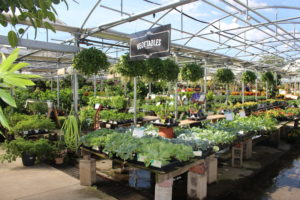
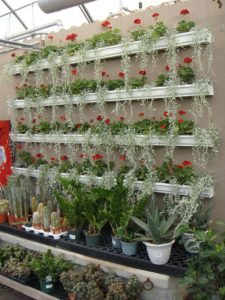
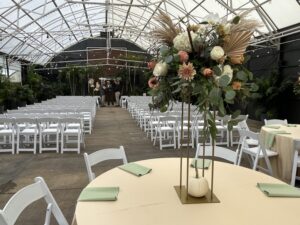

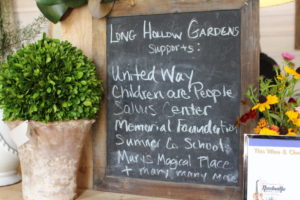
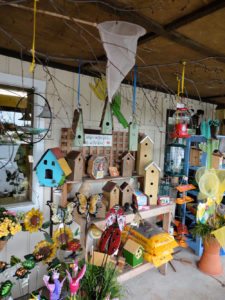
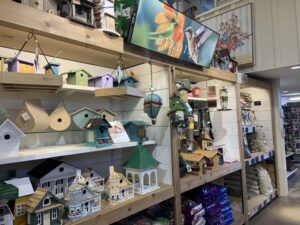
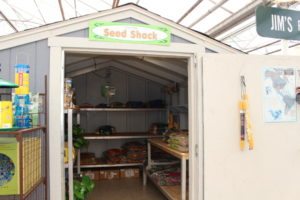

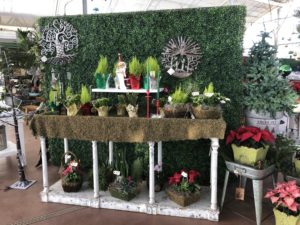
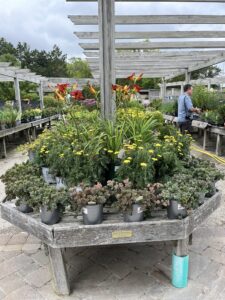
 Videos
Videos





